The World Where We Live: Bolivia
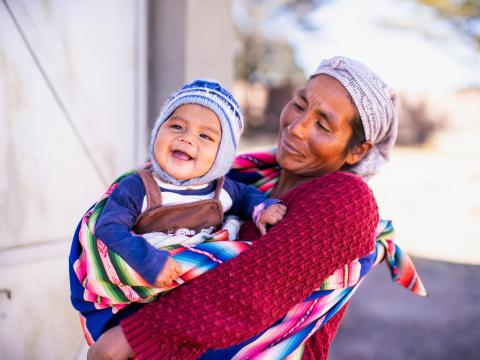
Where can you go to find the world’s highest city, largest salt lake, highest navigable lake and most dangerous road? Or travel in a single day from the arid high plains of the altiplano to the tropical lowlands of the Amazon rainforest? Or find 85,000 children changing their worlds with the help of child sponsors? Welcome to Bolivia!
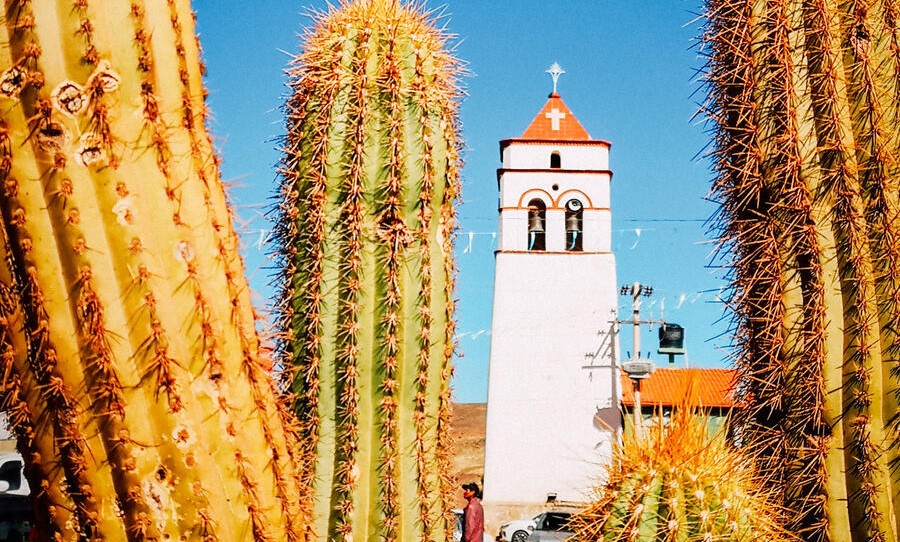 Most people in Bolivia practise Christianity – two-thirds are Catholic and almost one in five are Protestant. There are also the indigenous animist religions practised by the Quechua and Aymara peoples. For some, pre-colonial spiritual beings like Pachamama (Mother Earth), the daughter of the Incan sun god, continue to hold spiritual importance.
Most people in Bolivia practise Christianity – two-thirds are Catholic and almost one in five are Protestant. There are also the indigenous animist religions practised by the Quechua and Aymara peoples. For some, pre-colonial spiritual beings like Pachamama (Mother Earth), the daughter of the Incan sun god, continue to hold spiritual importance.
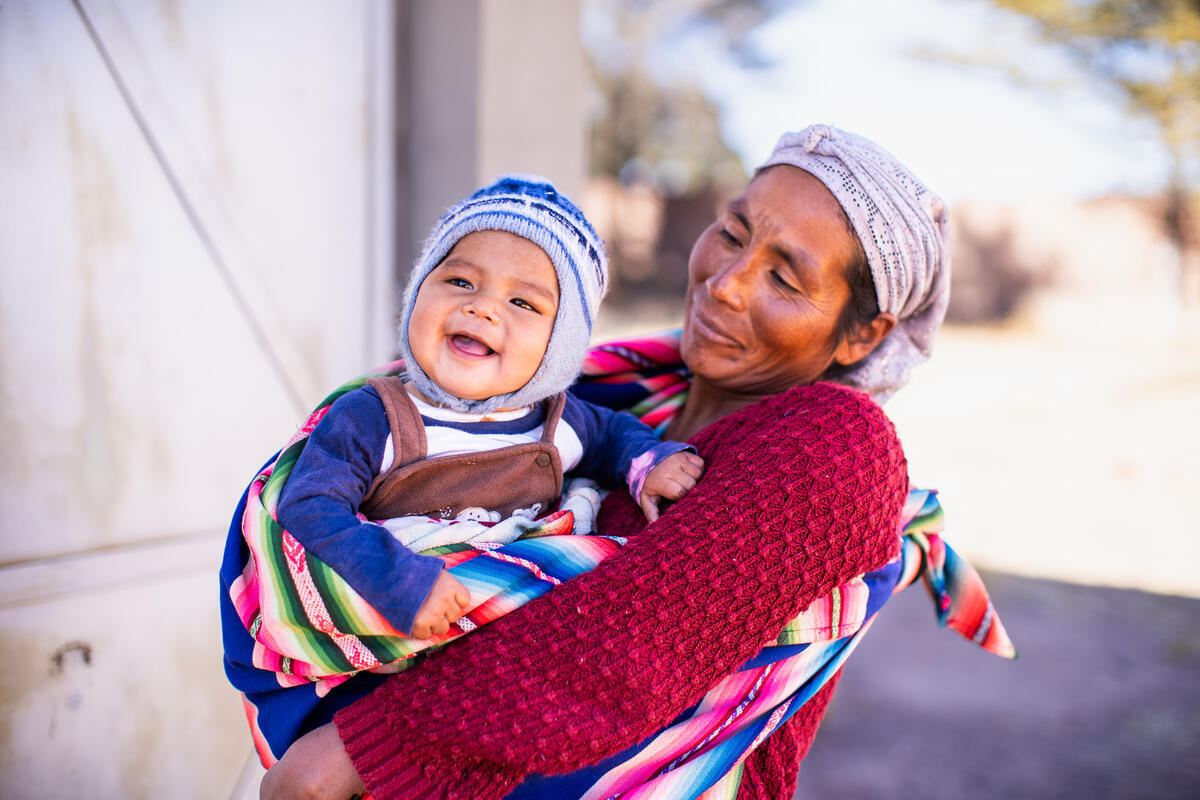 Children are the beating heart of Bolivian communities. But maternal and child health is an ongoing challenge in Bolivia, which has some of the highest rates of maternal and infant mortality in the region. This especially affects women and children in rural areas, who lack access to hospitals and healthcare. The good news is access to primary healthcare and nutrition services is improving – and World Vision sponsors, together with government and civil society, are helping to make this happen.
Children are the beating heart of Bolivian communities. But maternal and child health is an ongoing challenge in Bolivia, which has some of the highest rates of maternal and infant mortality in the region. This especially affects women and children in rural areas, who lack access to hospitals and healthcare. The good news is access to primary healthcare and nutrition services is improving – and World Vision sponsors, together with government and civil society, are helping to make this happen.
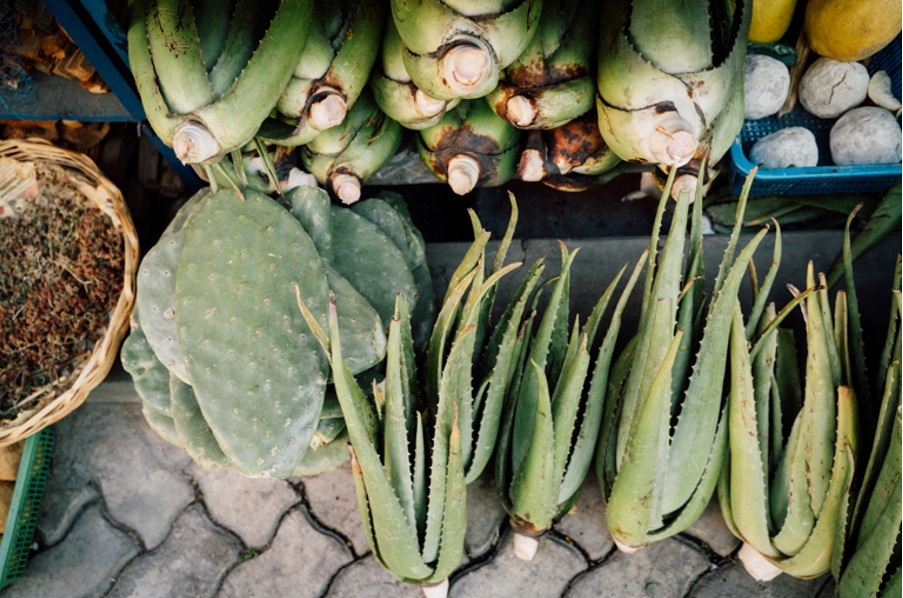 Potatoes are the most important staple for Bolivian farmers – more than 4,000 varieties of native potatoes grow in the highlands of the Andes! Many of these varieties aren’t sold at the market, but are traded within the local community or given as wedding gifts. Other significant commercial crops are corn, quinoa, soybeans, coffee, cocoa, and succulents like prickly pear (left) and aloe vera (right). The leaves of these succulents contain a cooling gel that’s used to treat sunburn or added to smoothies for its immune-supporting properties. Child sponsors partner with local communities to harness sustainable agriculture and resource management techniques to improve their livelihoods through farming and much more.
Potatoes are the most important staple for Bolivian farmers – more than 4,000 varieties of native potatoes grow in the highlands of the Andes! Many of these varieties aren’t sold at the market, but are traded within the local community or given as wedding gifts. Other significant commercial crops are corn, quinoa, soybeans, coffee, cocoa, and succulents like prickly pear (left) and aloe vera (right). The leaves of these succulents contain a cooling gel that’s used to treat sunburn or added to smoothies for its immune-supporting properties. Child sponsors partner with local communities to harness sustainable agriculture and resource management techniques to improve their livelihoods through farming and much more.
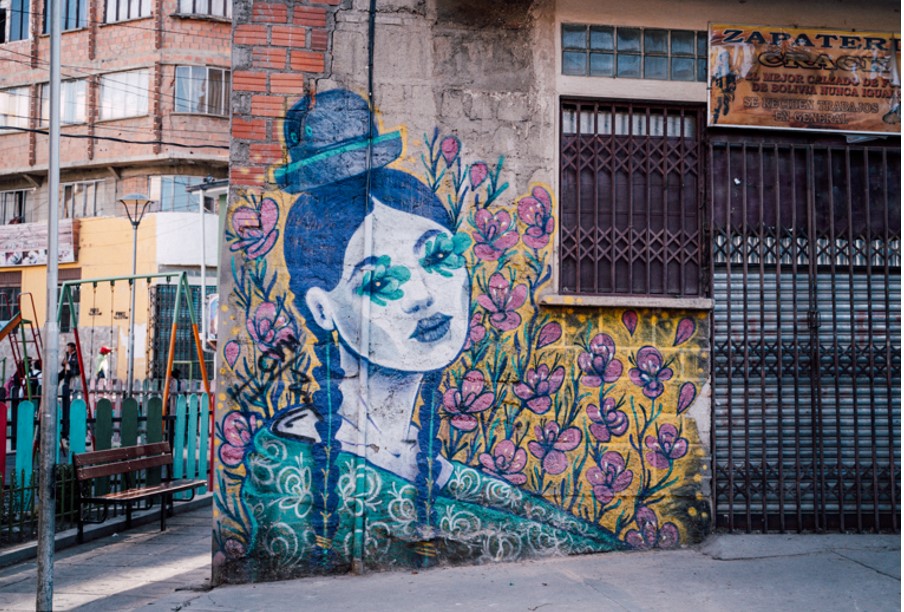 Each of Bolivia’s three major geographic regions – highlands, valleys and lowlands – has its own principal city – La Paz, Cochabamba and Santa Cruz, respectively. About 70 per cent of the population currently live in urban areas, and this number is expected to increase to 80 per cent by 2050. But across the country, the busyness of modern life still combines with slower-paced traditional values, and the landscape – whether its snow-capped mountains, fertile valleys or topical savannahs – always providing a striking backdrop.
Each of Bolivia’s three major geographic regions – highlands, valleys and lowlands – has its own principal city – La Paz, Cochabamba and Santa Cruz, respectively. About 70 per cent of the population currently live in urban areas, and this number is expected to increase to 80 per cent by 2050. But across the country, the busyness of modern life still combines with slower-paced traditional values, and the landscape – whether its snow-capped mountains, fertile valleys or topical savannahs – always providing a striking backdrop.
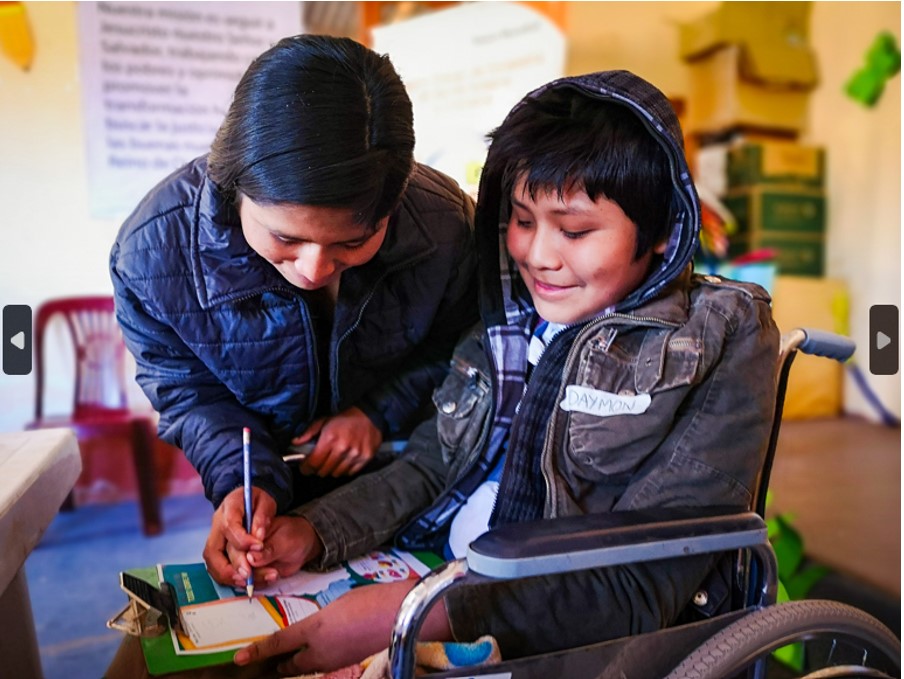 Life for children with disabilities, like Daymon, can be tough. While almost 95% of Bolivian children aged 6–11 go to primary school, only 38% of children with disabilities attend school. Many schools lack the infrastructure and training to support the needs of these children. World Vision sponsors are helping to bridge this gap and work to strengthen inclusion in communities so children with disabilities can get healthcare and an education.
Life for children with disabilities, like Daymon, can be tough. While almost 95% of Bolivian children aged 6–11 go to primary school, only 38% of children with disabilities attend school. Many schools lack the infrastructure and training to support the needs of these children. World Vision sponsors are helping to bridge this gap and work to strengthen inclusion in communities so children with disabilities can get healthcare and an education.
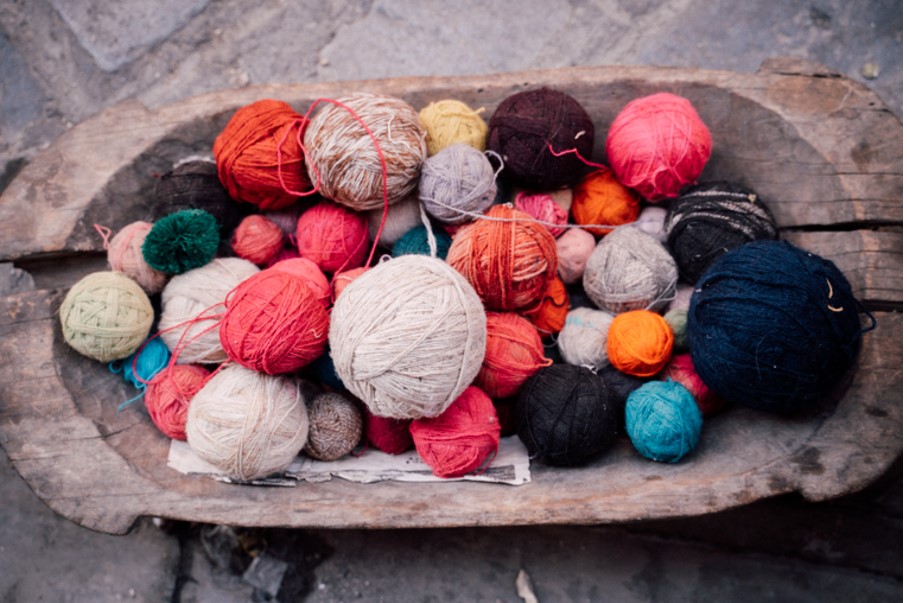
Alpacas and llamas can be found across the country. Members of the camel family, they have been domesticated for thousands of years and are well adapted to the harsh, dry conditions of the altiplano. Not only are they prized for their wool – super-soft alpaca wool makes wonderful jumpers, scarves and hats, while coarser llama wool is used for ropes and mats – the camelids carry loads, plough fields and pull carts. These versatile creatures are still vital to the fabric of Bolivian culture and identity today.
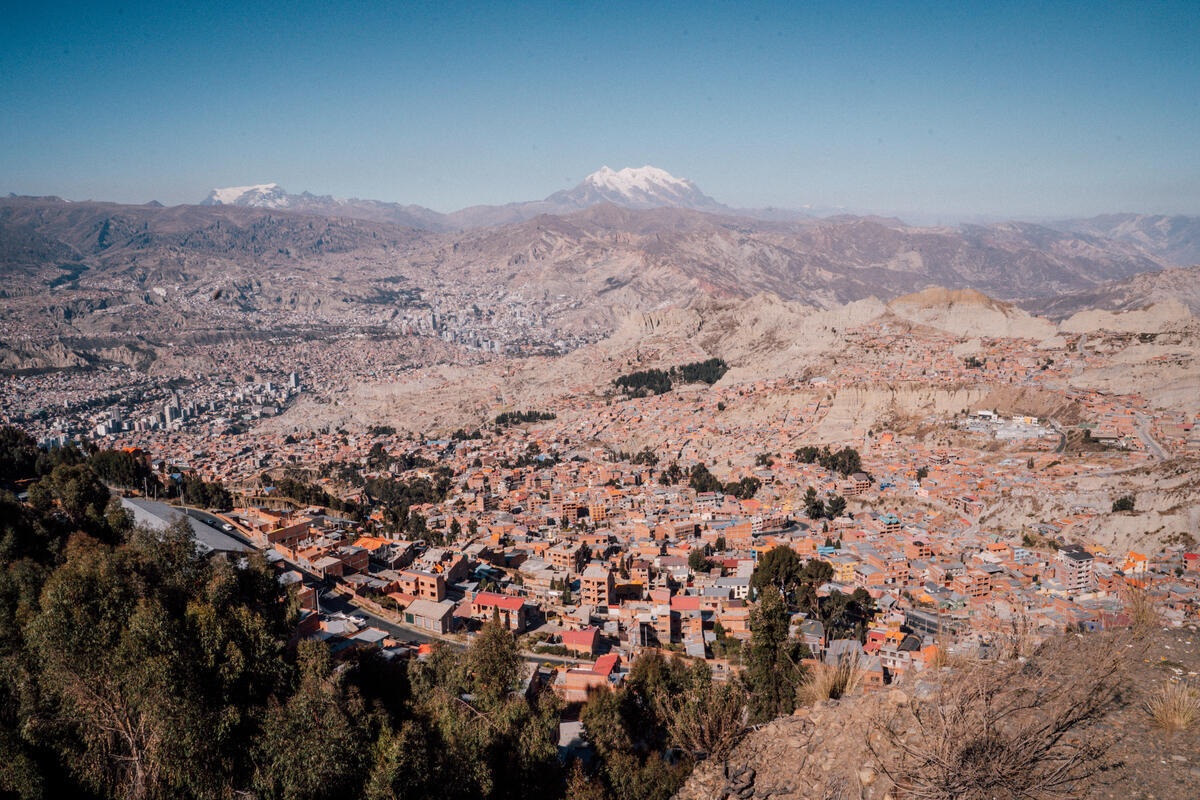
At about 3,650 metres above sea level, La Paz is the world’s highest capital city and is home to more than 2.2 million people. That’s almost as high as the tallest mountains in Japan, New Zealand and Austria! Because it’s so high up, altitude sickness can be an issue for visitors – one local remedy is to drink coca leaf tea. While La Paz is the financial heart and administrative capital of Bolivia, the judicial and historical capital is Sucre. The country’s shared capitals came about after an early attempt to move the capital to La Paz resulted in civil war.
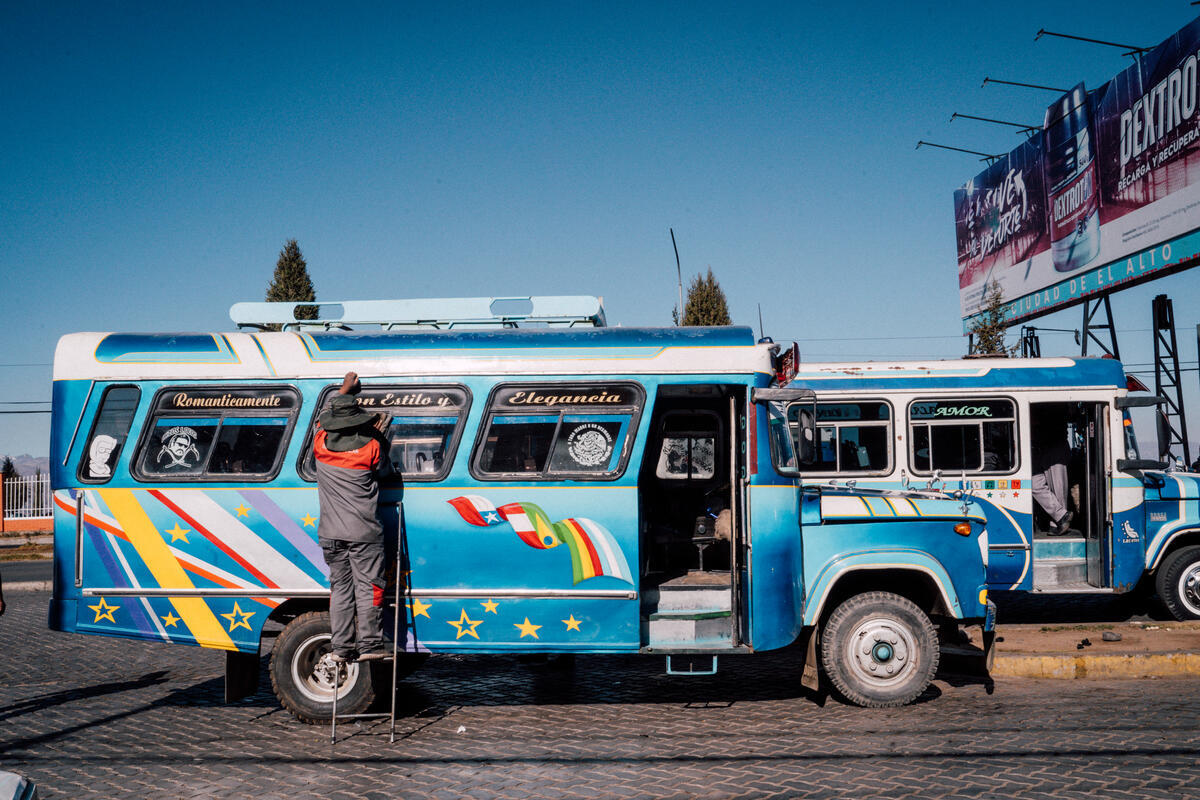
Wanting to get around town? Look no further than the humble bus. Flotas (touring buses) or micros (minibuses) go almost everywhere in Bolivia and are the most popular mode of transport. While breakdowns are almost inevitable on the mostly unsealed roads, food and drinks sellers are plentiful. Or maybe you want to take to the skies if you’re in (one of) the capitals? Try the cable car network in La Paz, which has three lines linking downtown to the El Alto region.
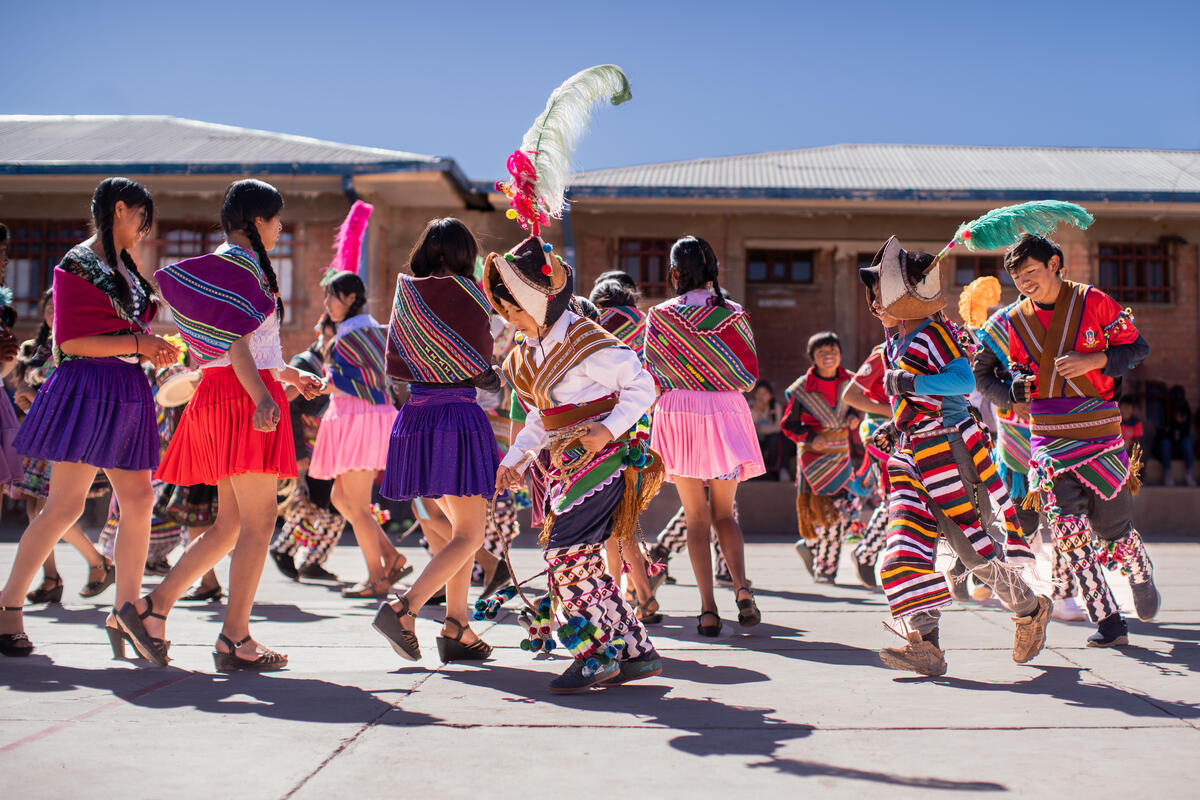 Traditional Bolivian clothing can be a blaze of colours and patterns. The distinctive dress for women – shown in their full glory by these sponsored children dancing with friends at school – includes the pollera, a layered and pleated skirt, and manta, a woollen shawl with vibrant colours and geometric patterns. Different regions and villages have their own distinct patterns – mantas in La Paz are typically one main colour, while those in Cochabamba have flowers and other designs hemmed with a fringe. For men, traditional garb includes brightly coloured ponchos and chullas, or woollen caps.
Traditional Bolivian clothing can be a blaze of colours and patterns. The distinctive dress for women – shown in their full glory by these sponsored children dancing with friends at school – includes the pollera, a layered and pleated skirt, and manta, a woollen shawl with vibrant colours and geometric patterns. Different regions and villages have their own distinct patterns – mantas in La Paz are typically one main colour, while those in Cochabamba have flowers and other designs hemmed with a fringe. For men, traditional garb includes brightly coloured ponchos and chullas, or woollen caps.
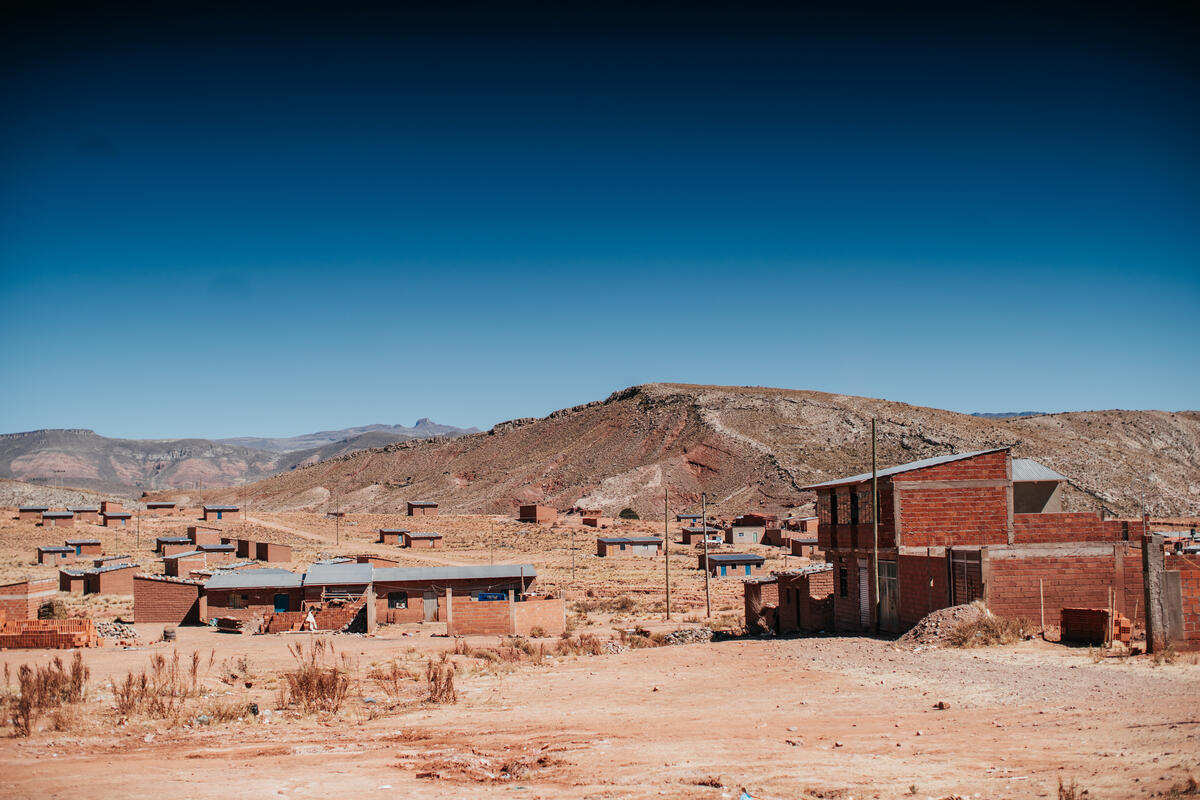 The altiplano is a high plateau that covers the divide between the eastern and western Andes Mountains. Its average elevation is about 3,750 metres above sea level. That’s high! It’s more than 1000 metres taller than the highest mountain in Australia, Mt Kosciusko. The altiplano has a cold, dry climate – this desert in the clouds is home to the Salar de Uyuni, a huge salt flat that stretches beyond the horizon, as well as small mining villages.
The altiplano is a high plateau that covers the divide between the eastern and western Andes Mountains. Its average elevation is about 3,750 metres above sea level. That’s high! It’s more than 1000 metres taller than the highest mountain in Australia, Mt Kosciusko. The altiplano has a cold, dry climate – this desert in the clouds is home to the Salar de Uyuni, a huge salt flat that stretches beyond the horizon, as well as small mining villages.
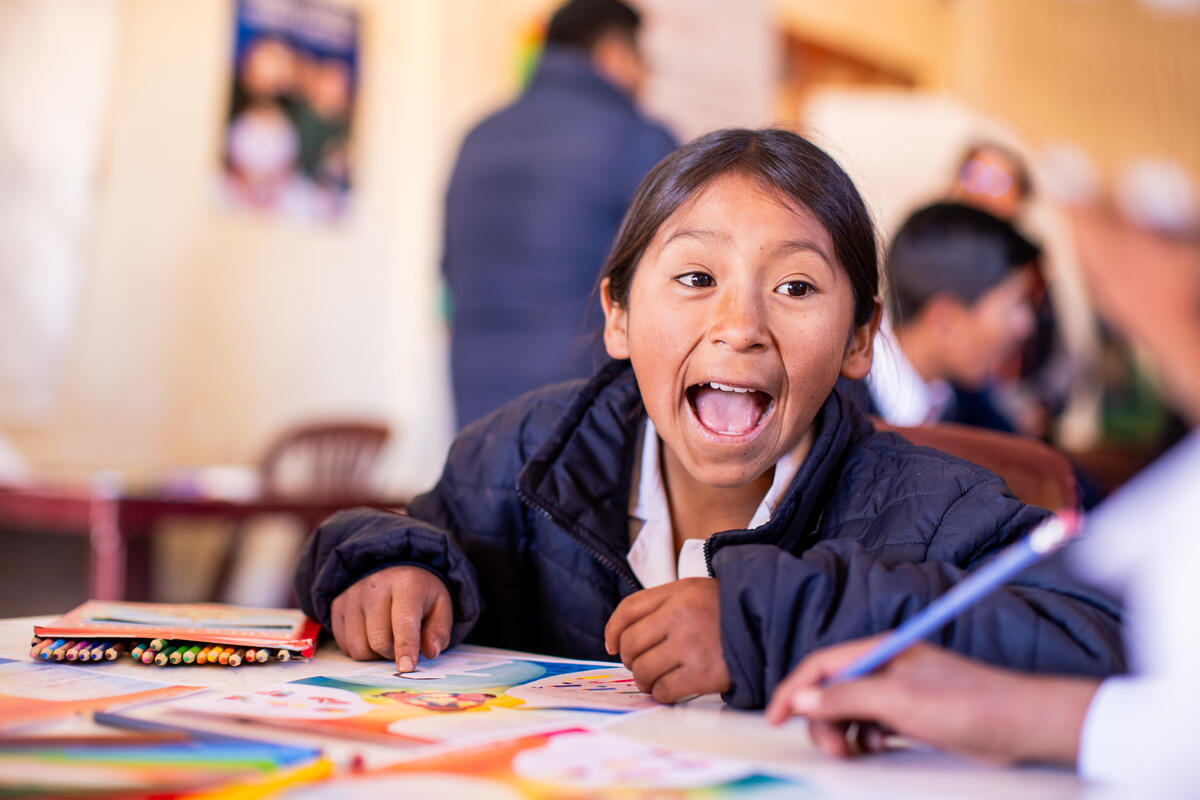
The Latin American poet Gabriela Mistral said, “Tengo un día. Si lo sé aprovechar, tengo un tesoro” – “I have one day. If I know how to make the most of it, I will have struck gold.” Every day, World Vision sponsors and supporters partner with 50 municipalities and 130 communities in Bolivia, transforming the lives of children and their families through education, clean water, good nutrition, better livelihoods, safer communities and more.
Child sponsorship – partnering with children and communities to break the cycle of poverty in over 1250 communities in this big, beautiful world.